When planning the route of your trip, you want not only to walk around the famous streets of Spain or sit in a cozy cafe, but to see those places that will be remembered forever. If you don’t want to go on famous hiking trails, and the purpose of the trip is to increase your cultural level, then you should pay attention to the UNESCO heritage sites.
The cultural and natural heritage sites of UNESCO in Spain are only 44, but this list is constantly expanding and is replenished with new wealth. When choosing such places you can not only see famous buildings, but also enjoy the unforgettable beauty of nature.
We don’t have enough time to tell about all the beauties and Spanish treasures, so let's dwell on the most memorable.
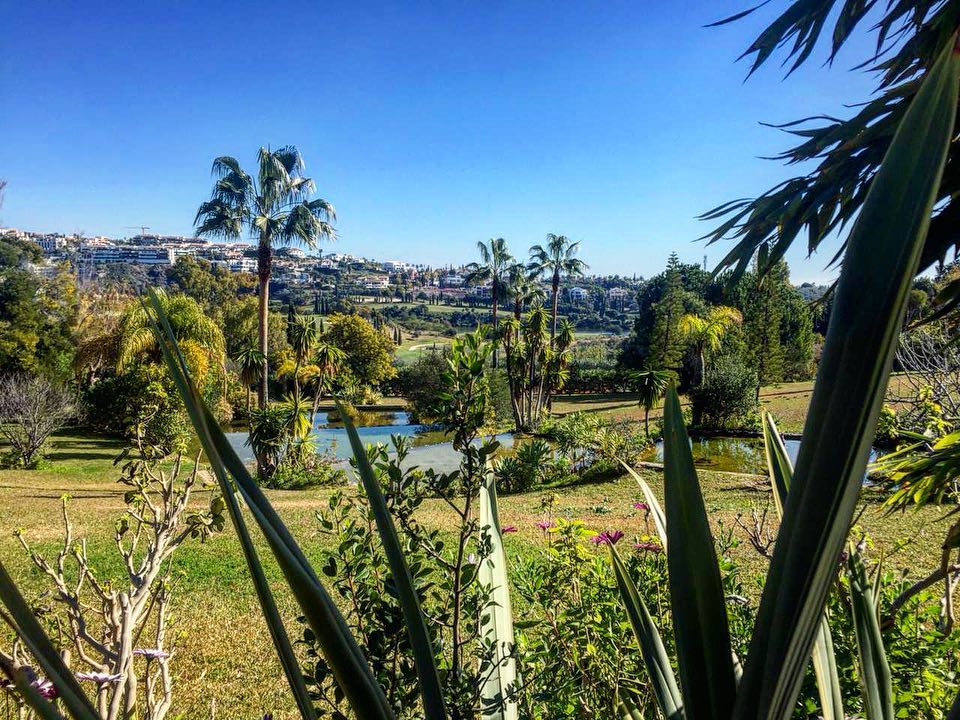
BURGOS CATHEDRAL
In the city of Burgos is the Cathedral of Our Lady, the construction of which falls on the year 1221. This is the most striking example of the Gothic style, many parts of the building were erected during the Renaissance. The interior of the cathedral is striking in its mystery and mystery. The manifestation of culture is expressed in decorations on the walls and fences. Gospel scenes, biblical motifs - all this is present in various objects inside the room.
Tysona is kept here - a sword belonging to the Castilian nobleman, the national hero - Sid Kampeador. Here you can see the chest belonging to the same person. According to legend, Sid filled it with sand to deceive usurers.
SALAMANCA
The oldest city of Salamanca since ancient times was considered a campus. The university, founded in 1218, is still the oldest in Europe. This place contains architectural objects in the Romanesque, Gothic, Moorish and Renaissance styles.
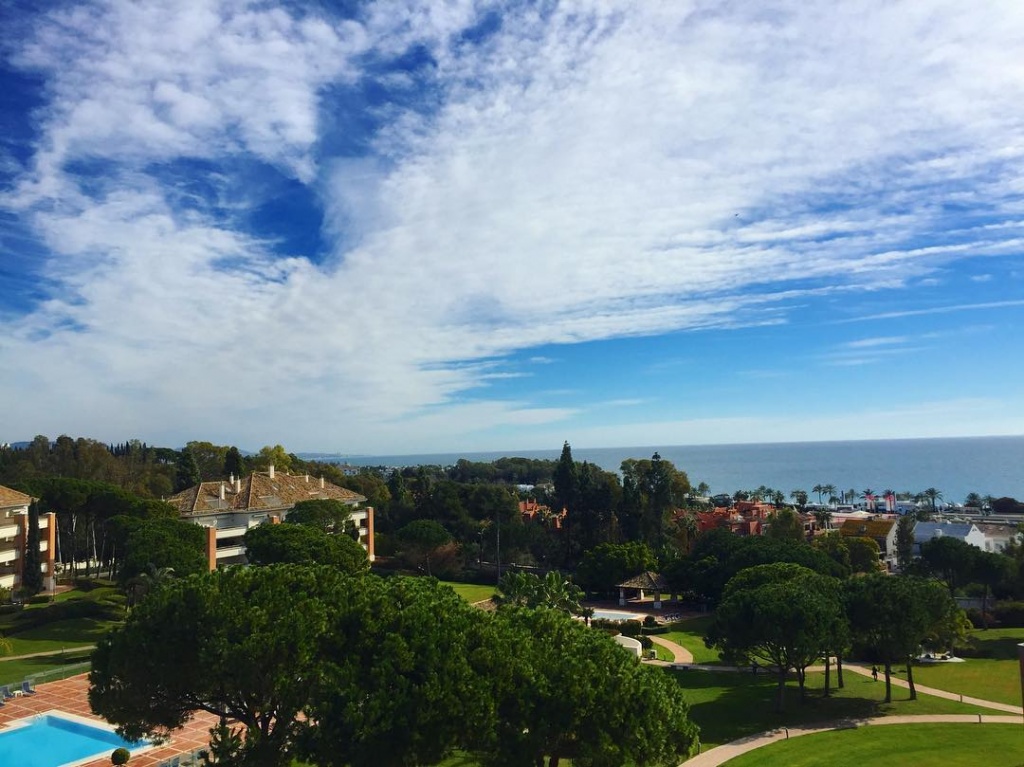
ALTAMIRA CAVE
In the northern part of the Spanish kingdom there is a world famous cave with rock paintings of the Paleolithic era. This land was formerly owned by Count Marcelino Sanz de Sautuola. His nine-year-old daughter, Maria, was the first to show her father colored drawings on the cave ceiling. However, the scientists decided that the graph forged the drawings, they simply could not believe that at that time artists could have such unique techniques. Only after the death of the count, his discovery was recognized as great.
You can get to Altamira only once every seven days. Guided tours are carried out for five tourists under full supervision and maintenance. The duration of the stay of tourists inside is 37 minutes, but this is quite enough to consider and appreciate all the originality and singularity of the object.
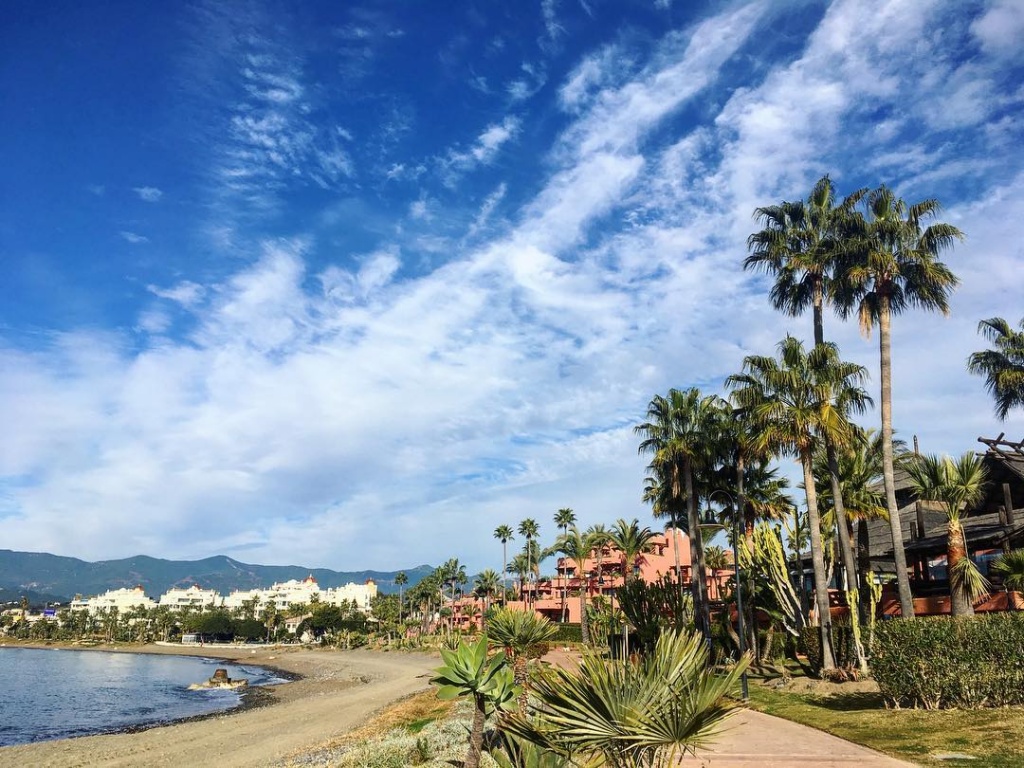
SEGOVIA AND ITS AQUEDUCT
The tiny capital of a small province is located not far from Madrid and was founded by the Celtiberian tribes more than three thousand years ago. Segovia, though a small town, but contains prints of all eras. Narrow streets, Gothic churches, Jewish and Muslim monasteries, Roman palaces. The most memorable property is the Roman aqueduct, which contains 166 arches. It is composed of over twenty thousand stone blocks without any bonding material. The Romans built an aqueduct to carry water from the river to the city. The length of the structure is about 18 kilometers.
WORKS BY ANTONI GAUDI
For half a century the great Antoni Gaudi created the architectural image of one of the most beautiful cities in the world - Barcelona. Now it is even impossible to imagine it without these creations. House Vicens, House Vila, the Temple of the Holy Family - all these buildings belong to the modern style. Although the work of this master to define in some kind of framework is simply impossible. This is a peculiar style, eccentric, harmonious, combining many techniques and cultures. Gaudi made a huge contribution to the development of world culture and architecture.
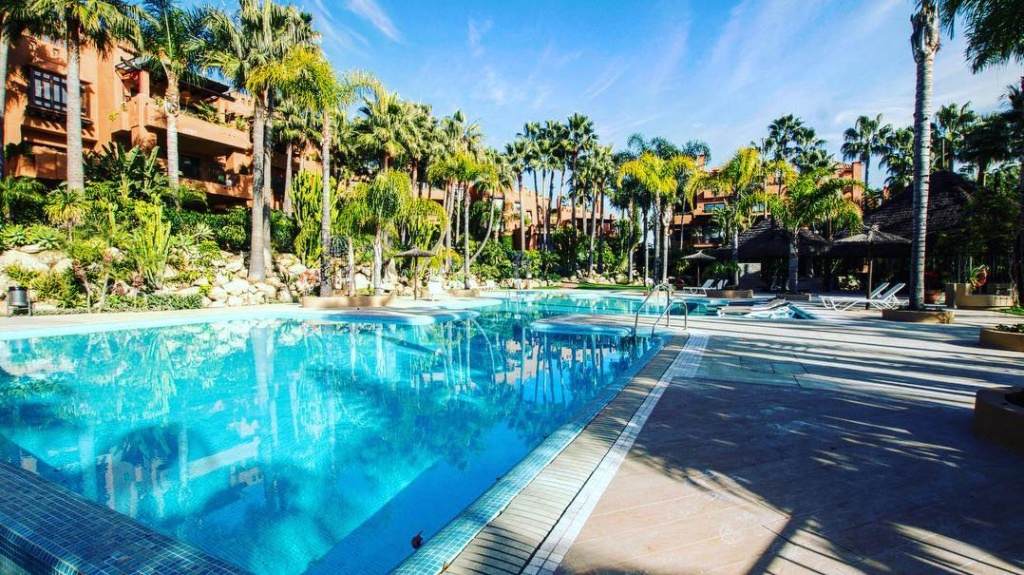
THE HISTORIC CENTER OF TOLEDO
The history of Toledo is a true dialogue of many cultures. The bridge of Alcantara leads to the gates of the sun. But it was built much earlier than the gate itself. The pillar of St. Martin’s Bridge is a tower called the “Concubine's Bath Room”. It belongs to the Arab era.
The development of the city began with the construction of the Alcazar - a quadrangular building towering on a hill. This is the seat of the government, which was rebuilt several times. At the moment, the castle contains prints of Westgoth, Arab and Roman influence.
The Alcazar was constantly destroyed during hostilities. Several fires, significant damage in 1936 could not completely destroy the building. Now the castle is fully restored and open to tourists as the historical heritage of Spain.
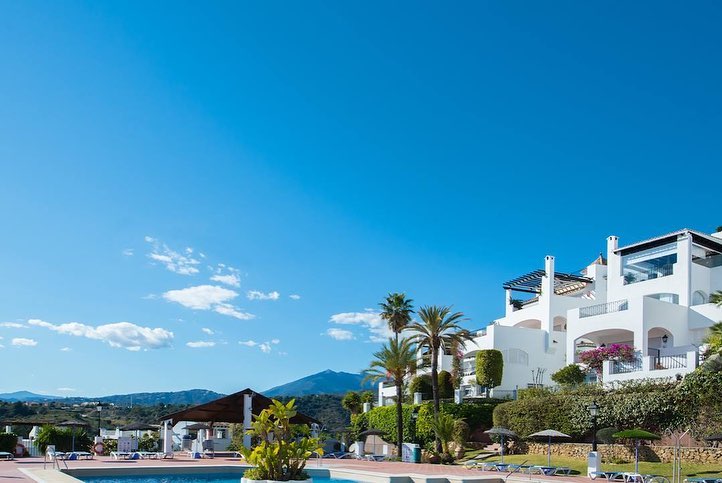
SILK EXCHANGE IN VALENCIA
This landmark got its name due to the development of the silk industry. All buildings of the Silk Exchange are made in the Gothic style and art of the Renaissance. Exchange consists of four parts:
- Towers, in which merchants went bankrupt;
- Column hall;
- Meeting Room of the Marine Consulate;
- Orange courtyard;
Currently, La Lonja is a museum that anyone can visit.
